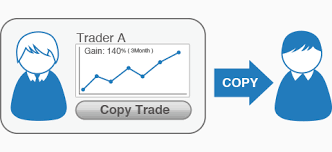Reblog: Why Mirror Trading Is A Bad Idea
Mirror trading is the act of simply copying or ‘mirroring’ a different person’s trades. The idea is that one should be able to simply copy the action of a successful trader, and then reap the same rate of success.
As simple and intuitive as this proposition sounds, mirror trading is actually a bad idea. Even if someone were to closely follow the actions of a consistently successful trader, the inherent delay between the original trade and the mirror trade leads to reduced profits on successful trades and expanded losses on unsuccessful ones.
Mirror Trading and Timing
The most difficult aspect of trading is timing. Identifying good trades is a necessary first step, but the actual execution itself is the most challenging part of trading and will be the final determinant of the rate and degree of trading success.











